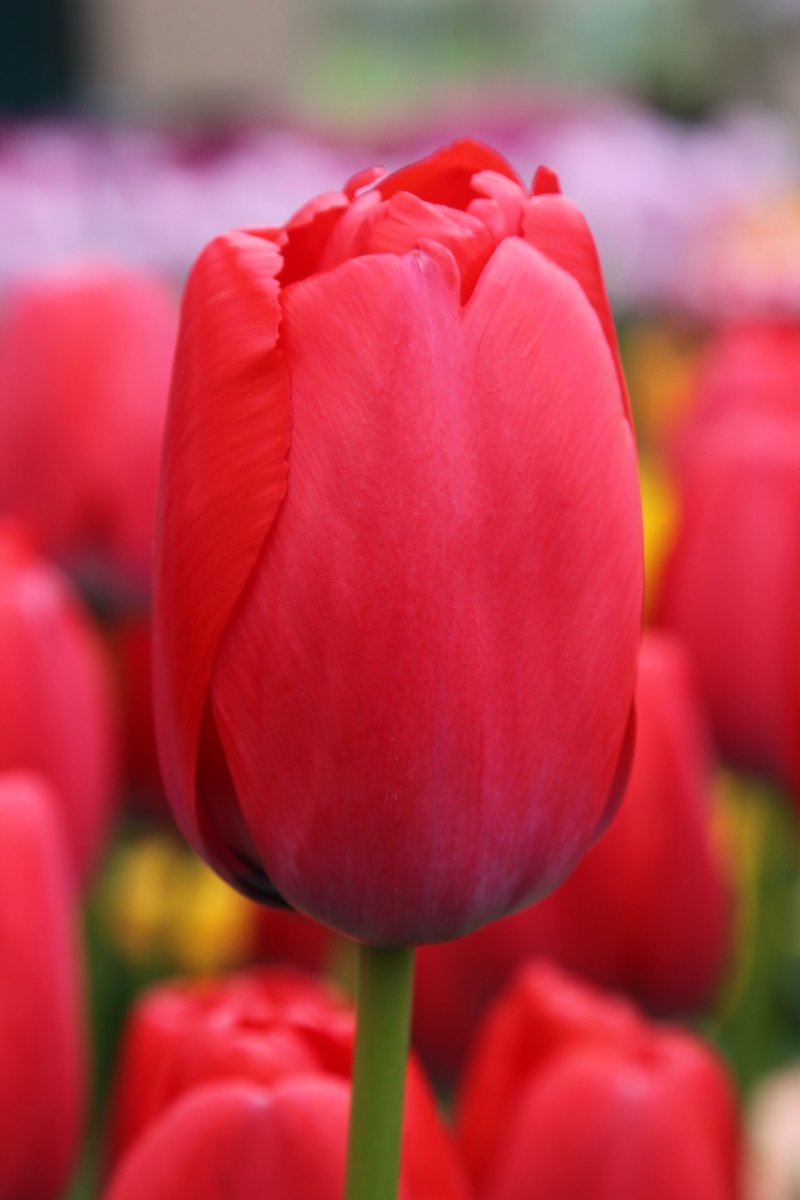
Red Pride
$19.95
Unit price perAbout Red Pride
The Darwin Hybrid Tulip Red Pride is a stunning flower that adds bold color and elegance to your garden. Its deep red petals and sturdy stems make it perfect for both formal gardens and casual landscaping. This classic tulip variety is known for its long-lasting blooms, creating a beautiful display that will impress throughout spring.
-
Vibrant red color: adds bold contrast and beauty to any garden.
-
Long-lasting blooms: these tulips flower in late spring, providing a beautiful view for weeks.
-
Strong, tall stems: resistant to wind, ensuring your tulips stand proudly.
-
Ideal for borders and containers: perfect for planting in garden beds, along walkways, or in pots.
-
Deer-resistant: keep your garden safe from animal damage.
How to plant and take care of Darwin Hybrid Tulip Red Pride:
-
Planting depth: plant bulbs 6-8 inches deep in well-drained soil.
-
Spacing: space each bulb about 4-6 inches apart to give them room to grow.
-
Sunlight: choose a spot with full or partial sunlight for best results.
-
Watering: water the bulbs after planting, and keep the soil slightly moist, but not soggy.
-
Fertilization: apply a slow-release fertilizer at planting time for healthy growth.
-
Post-bloom care: after the tulips bloom, allow the foliage to die back naturally before removing it to ensure energy is stored for next season.
FAQs

